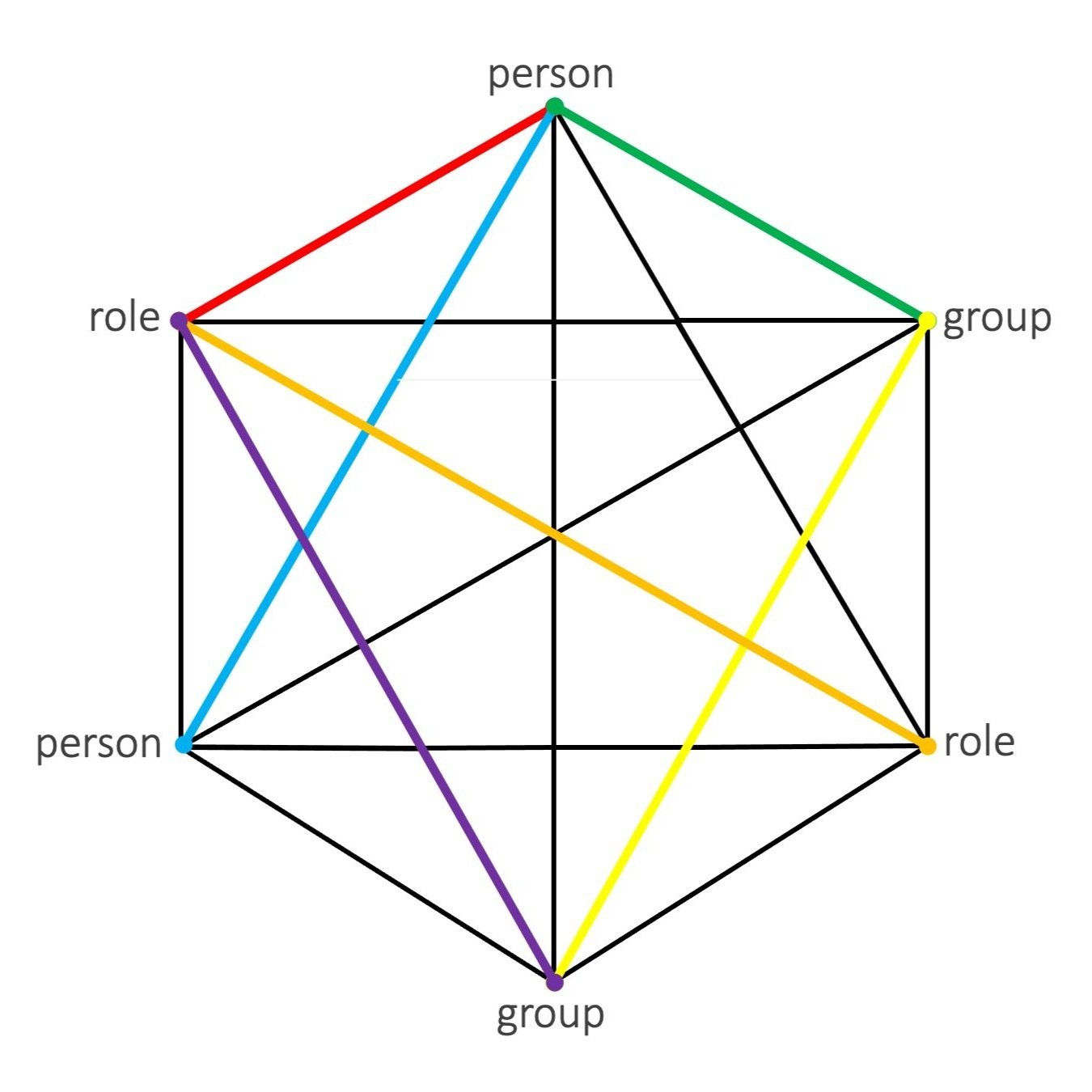SEE YOUR COMPANY CULTURE LIKE NEVER BEFORE
Replace the optimistic proclamations of leadership with the realistic perspective of staff
The culture of a company lives in the personalities of the people. Healthy company cultures have the tools that help staff be known so they feel like they belong.
Cultural health needs to be understood on three dimensions:
COMMUNAL EXPERIENCE
What aspects of decision-making, interactions, and work getting done are most consistently experienced across the organization?
INDIVIDUAL PREFERENCE
What traits do the individual members of the organization most prefer, and are therefore most inclined to express?
DIVERGENCE
Where do individuals see the most significant or most frequent failures where good intentions manifest as bad behaviors?
rockstar status is rare
Unhealthy cultures have a VERY high hidden cost as they fail to attract, nurture or retain rockstars.
The right culture is worth millions to a company…
Mis-managed organizations come with even higher costs
In most organizations, managing relationships is at least as hard as managing the work.
QLVR observes company culture in 3 dimensions that can be measured and monitored to improve personal interactions that elevate an organization’s potential.
What if you could replace assumptions with evidence to know what defines your company culture and where it is headed?
Culture can’t be improved if it can’t be measured.
It is not about proclaiming aspirational values, but putting in the extraordinary effort to make those values thrive in daily decisions.
QLVR can be as simple or sophisticated as you want.
#1: PERCEPTION IS REALITY
Is an organization inclusive or innovative or accountable because a poster in the break room says so?
Individuals define company culture.
Company culture does not define individuals.
Culture can only be understood through the eyes of the staff that operate in it everyday.
QLVR deconstructs company culture based on learning about the communal experience or overall behaviors staff observe being encouraged and rewarded.
#2: SEE THE CULTURE THROUGH THE EYES OF STAFF
If the organization was a personality, what would staff describe as the core characteristics they observe?
Discover which of 28 building blocks define the culture
#3: LISTEN TO INDIVIDUAL PREFERENCE
Can an organization be bold or trusting when the staff is risk-averse and naturally inclined to be suspicious of others?
These gaps can lead to unhealthy sub-cultures or counter-cultures.
Individuals will always have more power to shape (or disrupt) culture than leaders have to dictate it.
QLVR compares what staff perceive as company culture to the individual styles or approach they personally most prefer.
If an organization is the sum of the personalities that populate it, what personal preferences would shape the culture?
#4: SEE WHAT BUILDING BLOCKS INDIVIDUALS PREFER
Discover which of 28 building blocks are actually personally preferred by individuals
#5: FIND AND FIX FAILURE POINTS
If an organization is only as strong as its weakest element, what concerns or contradictions could be ruining your culture?
Discover where staff see good intentions resulting in bad behavior
Company culture will always be shaped more by the daily habits of staff than by the periodic proclamations of leaders.
Where does the overall organization’s culture align or conflict with individual expectations?
#6: COMPARE EXTERNAL REALITY TO INTERNAL PREFERENCE
Discover where sub-cultures or counter-cultures may be supplementing or shifting the overall culture


